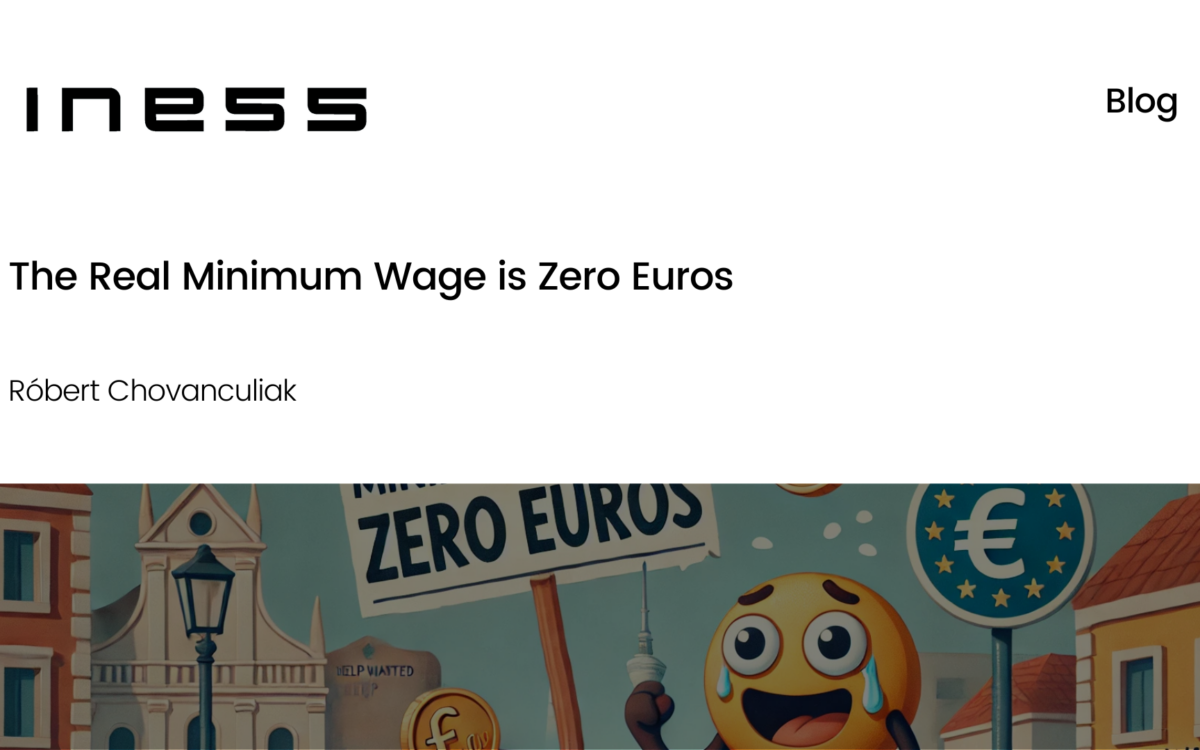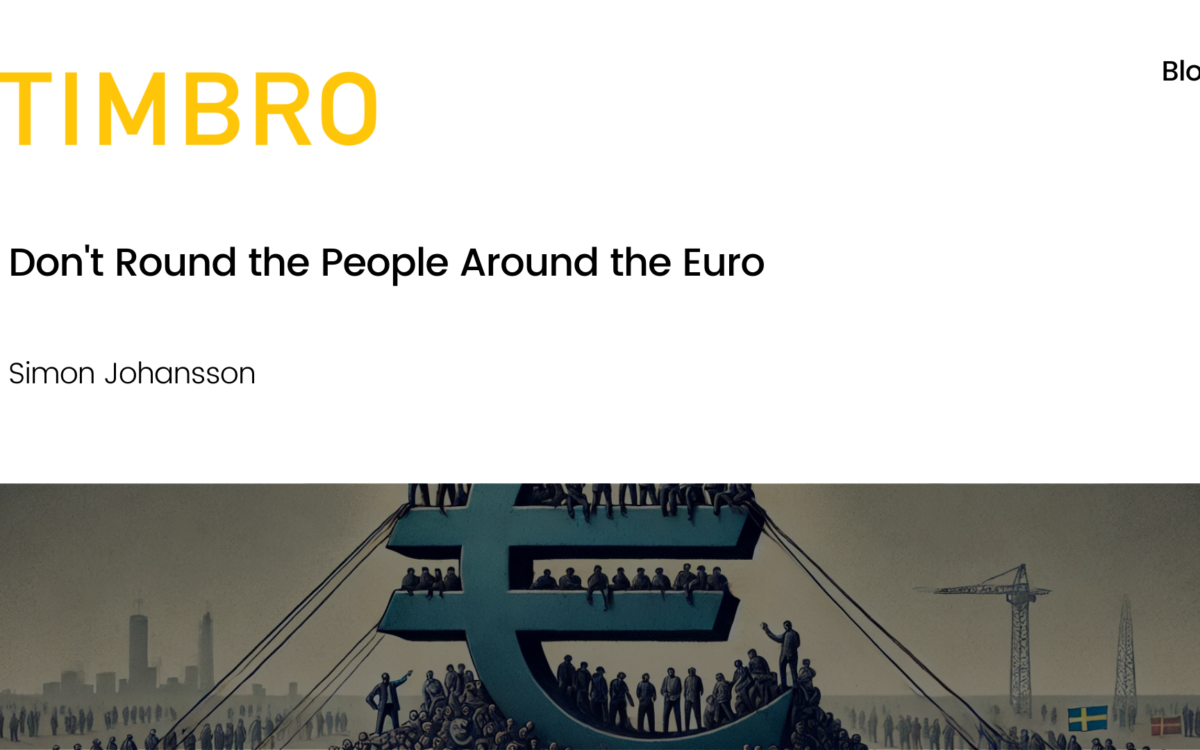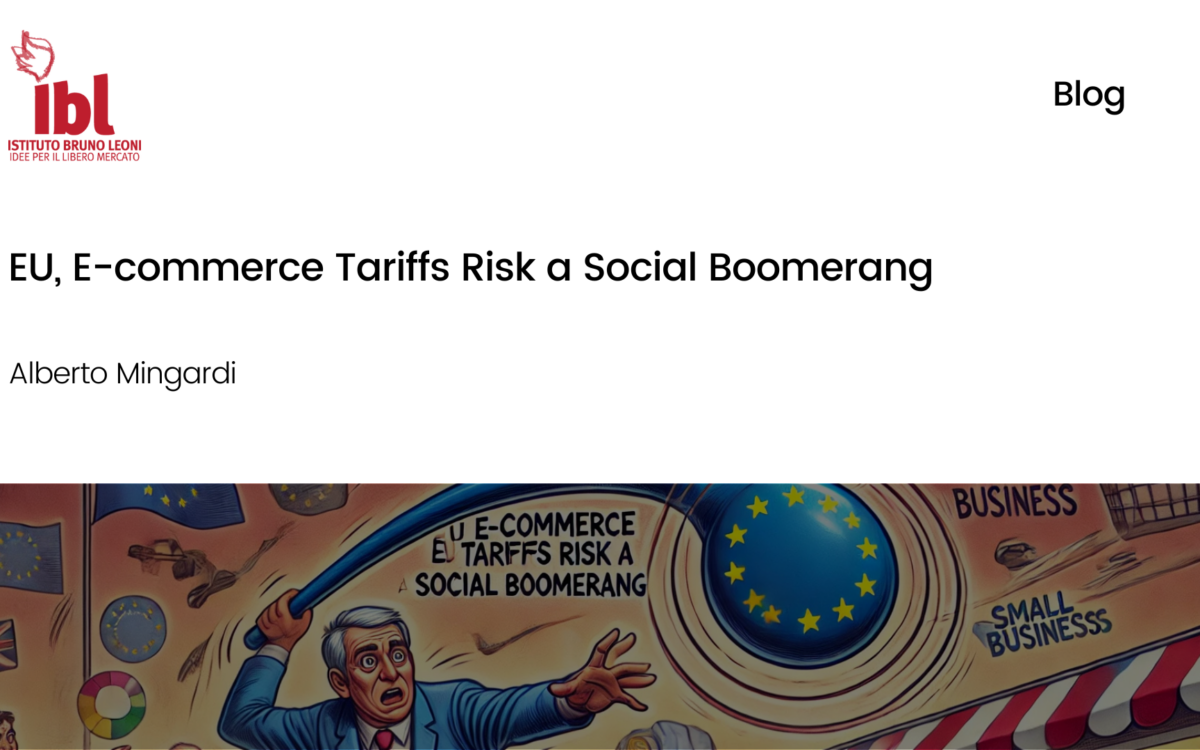The Shadow Value of Personal Data

The Shadow Value of Personal Data
Javier Santacruz // 24 May 2021
Last month, civil society and regulators celebrated World Consumer Rights Day, an occasion to mark the rights of consumers. This year, the date took on a special meaning as it is in the midst of major discussions within the European institutions that are designing one of the most important regulatory frameworks for the coming years, the ‘Digital Acts’ regulatory package: DSA, DMA, and DGA.
In this new regulatory archetype, currently in the discussion phase in the Parliament as well as in the Council and the Commission, there are many references to protecting the consumer through new instruments that impose special obligations on the so-called ‘gatekeepers’. In this sense, European legislation follows the path of increasing regulations on the exchange and use of personal data. Nevertheless, the most important element has still not come up in the debate, which is the absence of an economic calculation on the consumer-platform relationship.
Without an economic calculation it is impossible to determine if an exchange of data is beneficial or harmful, given that at least one party does not know the value that the exploitation and use of their data has for the other party. This reality is even more harmful when the service provided is “free”, or does not require a monetary exchange between the client (final consumer) and supplier (platform or virtual counterpart). It is precisely in this environment where the large majority of consumers circulate – with the perception that the “internet is free” and only react when some email, messaging, social network, or cloud database that was initially free sets a price for its services once the user is inside.
The lack of an explicit market value for data created by consumers in exchange for receiving a “free” service from providers is a serious problem that is not resolved with more regulation to protect the final consumer (even more so regarding the use providers might be making of this data outside the European market). On the contrary, it is necessary to construct mechanisms that show the consumer the “real value” that companies place on their personal and professional data or simply with their online preferences.
Despite the fact that the consumer is not currently receiving any economic value for their data, it does not mean it doesn’t exist. The price that is really being paid – but the consumer does not perceive – is called the “shadow price” of data. This is a concept from microeconomic theory, based on the indirect additional value that the provider receives when its available resources increase by one unit. Translated to the world of data, it would be the extra profit a service provider (a chat, a social network, or an email server, for example) obtains for use of the data handed over by each new user gained or each additional piece of data that this same user gives “freely”. In other words, it is the opportunity cost of the user not being paid for use of their data.
Given that non-homogeneous online products and services are currently using “shadow prices”, making an estimate is not easy. In recent years, various analysts and researchers have made significant advances in this subject, even within the legislative area, with the goal of establishing what price per month or year the technology companies should pay users for the use of their data.
The first relevant legislative initiative in this regard was promoted by senators Mark Warner and Josh Hawley (a Democrat from Virginia and a Republican from Missouri, respectively). In it, technology companies that collect data from their users would be required to detail what type of data they store, what economic return they obtain, and the value created with its disaggregated use by user type. Nevertheless, to date no exercise in transparency has been produced on what economic return is being obtained from users’ data and, consequently, how much they should be compensated.
A simple – albeit superficial – approximation would be to share the added value from the advertising market by user, adjusting for the value created based on the use of personal data. Assuming that 50% of added value comes from the exploitation of personal data to create personalised advertisements, and using the latest yearend figures and prior to COVID-19 to avoid distortions (2019 data offered by the European business association for the digital advertising industry), a yearly value of €81.61 per user (€6.80 per month per user) is created.
A more qualified approximation is given by BCG (2013) and Van Lieshout (2015). According to BCG, the size of the European market for personal data is 8% of GDP in 2020, with an estimated average annual accumulated growth of 22%. In the absence of 2020 closing data and in the context of a pandemic, it is possible that this will be over-estimating the market.
Van Lieshout’s approach is broader and encompasses different applied methodologies, differentiating the market value for the company and the market value for the user who hands over their data. Both for one as for the other, handing over data does not happen just once, but rather there is a continuous flow of use and reuse of the same or comparable data. While there is no total destruction of the data, it is transformed, copied, and redirected without losing its quality or its power, which increases the value that can be extracted from it.
With this perspective, the price of the user’s data should be measured in a range that compares the provider’s income, its market capitalisation, and its margin. For example, at the close of 2020, income from advertising and per user for Facebook (currently considered the provider that collects the most personal data from a user) in Europe reached an historic peak of €14.07 yearly (€1.17 monthly). In the case of market capitalisation, Facebook produced a value of €196.72 per user (€16.39 per month) at the close of 2020.
The last figure is closer to the reality of how much data provided by the user is worth. Although this only corresponds to Facebook, it includes extraordinarily popular applications and the ones that collect and use the most data from the user (with the exception of WhatsApp). Under the same methodology, Alphabet, with a market capitalisation of $1.39 billion and 4 billion users, generates a price for the data of a single user of €264.14 per year (€22 per month). Aggregating the rest of data brokers and other platforms, the value of the data for each user would be situated above €500 yearly, coming close to BCG’s estimate in 2013.
In short, considering data as a fourth factor of production in the economy leads to analysing the offers and demands to determine the market mechanisms and pricing system as if data were any other good or service. In the specific case of the commerce of free data, this is more important than ever as a mechanism for society to become aware of the value that is handed over in exchange for a set of apparently “free” services.
EPICENTER publications and contributions from our member think tanks are designed to promote the discussion of economic issues and the role of markets in solving economic and social problems. As with all EPICENTER publications, the views expressed here are those of the author and not EPICENTER or its member think tanks (which have no corporate view).



